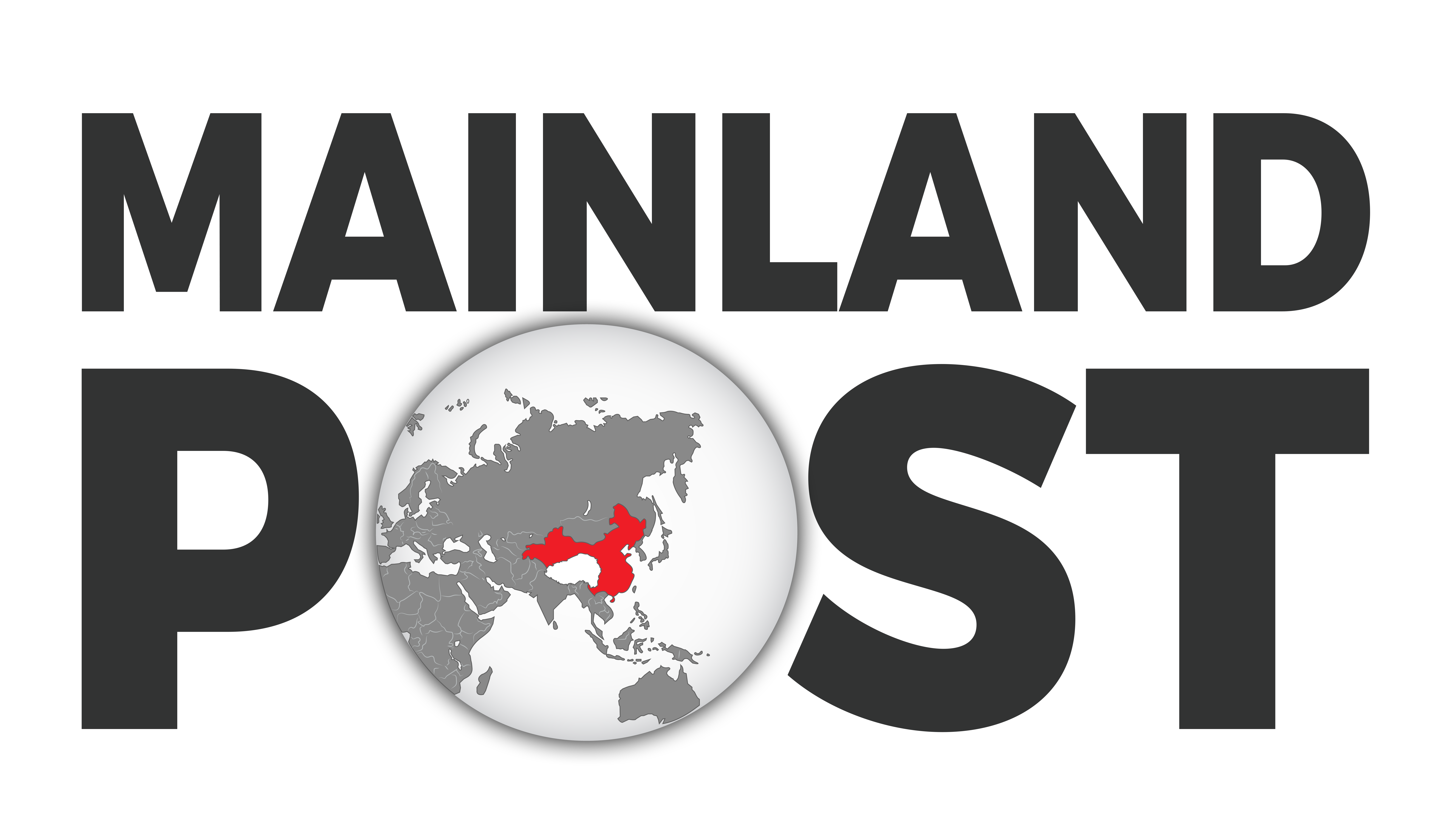A surge in the number of ethnic Chinese scientists leaving America to return to China has raised suspicions about a covert strategy by the Chinese government to infiltrate the US scientific community and extract valuable research and technology. The exodus, which has accelerated in recent years, is linked to the controversial US China Initiative, a government probe aimed at combating economic espionage.
According to a Stanford University study, while most China-born, US-based scientists intend to stay in the United States, departures have grown steadily, from 900 in 2010 to 2,621 in 2021. Since the 2018 implementation of the China Initiative, there has been a 75 percent increase in Chinese scientists leaving the US. The study from the Stanford Centre on China’s Economy and Institutions also noted that the percentage of these scientists relocating to mainland China and Hong Kong rose from 48 percent in 2010 to 67 percent in 2021.
The China Initiative, launched during former President Donald Trump’s administration, was intended to curb economic espionage but ended up prosecuting many academics. While most cases were dropped due to lack of evidence, the probe left lasting damage on the scientific community, disrupting careers and instilling fear among researchers.
Critics argue that the initiative unveiled a deeper, more sinister strategy by the Chinese government: using scientists to gather sensitive scientific information and relay it back to China. This alleged strategy could explain how Chinese competitors have been able to produce knockoffs of advanced technologies, from consumer electronics to cutting-edge medical devices, at an alarming rate.
The Stanford team utilized the Microsoft Academic Graph database to track the publications of over 200 million scientists up to 2021. They identified 19,955 scientists of Chinese descent who began their careers in the US but later left for other countries, primarily China. The departures were most notable in major STEM fields such as life sciences, engineering, computer science, and physical sciences.
This trend aligns with accusations that the Chinese government offers lucrative incentives to scientists willing to return home with valuable US research. These “pull factors,” including heavy investment in science and competitive compensation, may be complemented by “push factors” from the China Initiative, which allegedly pressured scientists to act as informants or face legal consequences.
The repercussions of the China Initiative have been far-reaching. A separate online survey of over 1,300 US-based ethnic Chinese scientists revealed that 42 percent were fearful of conducting research in the US, and 65 percent worried about collaborations with China. More than 70 percent of respondents did not feel safe as academic researchers in the US, and nearly half of those who had received federal grants expressed a desire to avoid applying for them in the future.
The case of Professor Franklin Feng Tao, a chemist at the University of Kansas, underscores the chilling effect of the initiative. Tao, who faced a five-year legal battle before being acquitted, experienced severe financial and personal hardships as a result of the accusations.
The exodus of Chinese scientists poses a significant threat to US leadership in science and technology. While 89 percent of surveyed scientists expressed a desire to contribute to US advancements, the ongoing fear and suspicion could deter future talent from coming to or remaining in the country.
If the allegations are true, the infiltration strategy not only undermines US scientific integrity but also bolsters China’s ability to replicate and surpass American innovations. To counter this potential threat, it is crucial for the US to address these concerns while fostering a welcoming environment for all researchers.




